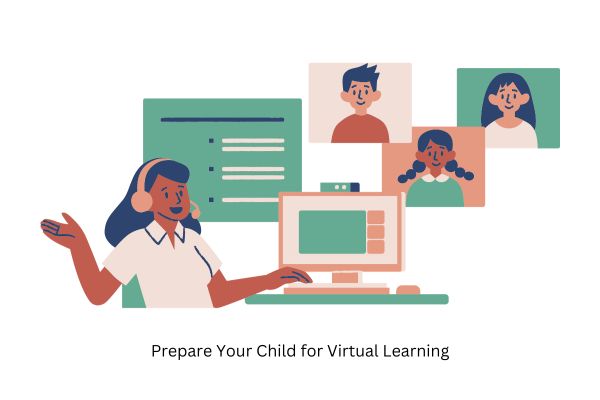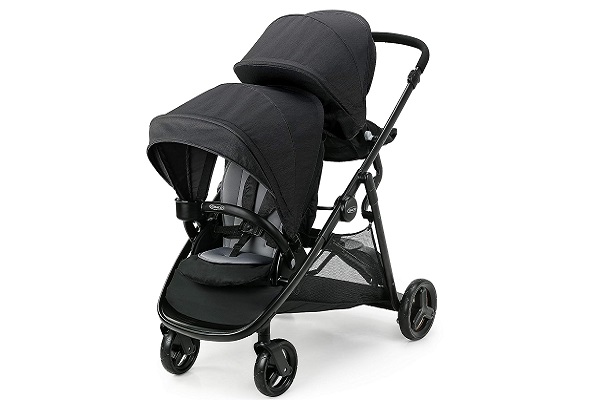Taking your kids on a trip can be a great way to make priceless family memories that will last a lifetime. That can be a difficult undertaking, though, as mothers are typically heavily involved in making sure that everything goes according to plan. It can be hard to handle everything when traveling with kids, from entertaining the kids to planning the trip’s logistics. This resource contains a wealth of useful advice and techniques that will make family travel with children pleasurable and stress-free.
1. Strategic Planning: The Foundation for a Smooth Trip

Research and Preparation
Before embarking on your family journey, thorough research and preparation are crucial. Start by researching your destination’s family-friendly attractions, accommodations, and amenities. Look for activities that cater to various age groups, ensuring there’s something for everyone.
Create a Detailed Itinerary
Outline a detailed itinerary that includes travel dates, accommodation details, and planned activities. Having a structured plan can help minimize uncertainties and provide a sense of security for both you and your children.
Packing Essentials
Pack strategically by creating a checklist of essential items for each family member. Consider the weather, planned activities, and any specific needs your children may have. Packing efficiently reduces the stress of managing multiple bags and ensures you have everything you need.
2. Survival Kit for On-the-Go Moms
Snack Attack
A well-stocked snack bag is a lifesaver during travels. Include a mix of healthy snacks, such as granola bars, fruit slices, and nuts, to keep energy levels up. Having snacks readily available can also help distract and pacify restless little travelers.
Entertainment Essentials
Prepare an entertainment kit with age-appropriate activities and distractions. Load tablets or e-readers with their favorite movies, games, or educational apps. Consider bringing coloring books, puzzles, or travel-sized board games for screen-free entertainment.
Comfort Items
Bring comfort items like a favorite blanket or stuffed animal to create a familiar and soothing environment, especially during long journeys or overnight stays. Familiar scents and textures can help ease any anxiety your child may experience in a new setting.
3. Smooth Transitions: Navigating Airports and Road Trips
Airport Hacks
If flying, check-in online to avoid long queues at the airport. Arrive early to allow for unexpected delays and security checks. Use family lanes whenever available, and consider investing in a lightweight, compact stroller for easy maneuvering through airports.
Car Comfort
For road trips, prioritize car comfort. Pack a small cooler with drinks and snacks, and schedule breaks for stretching and bathroom breaks. Consider installing sunshades to protect your child from direct sunlight and ensure a comfortable journey.
Navigating Time Zones
If traveling across time zones, gradually adjust your child’s sleep schedule a few days before departure. Upon arrival, expose your family to natural sunlight to help reset internal clocks and reduce the impact of jet lag.
4. Choosing Family-Friendly Accommodations
Kid-Friendly Lodging
Select accommodations that cater to families with kids. Many hotels offer family suites or rooms with amenities like cribs and high chairs. Vacation rentals can also provide a home-like environment, complete with kitchens for convenient meal preparation.
Safety First
Prioritize safety when choosing accommodations. Check for childproofing measures, such as socket covers and stair gates. Confirm that the chosen lodging is in a safe neighborhood, especially if exploring on foot or using public transportation.
5. Mealtime Strategies: Nourishing and Enjoyable

Plan for Dietary Needs
Research local dining options and choose restaurants that accommodate your family’s dietary preferences and any allergies. Packing a small cooler with familiar snacks can be a lifesaver, especially if your child is a picky eater.
Create Dining Rituals
Establish dining rituals to make mealtimes enjoyable for the whole family. Engage in conversations, play simple games, or share stories to create a positive and relaxed atmosphere during meals.
Stay Hydrated
Dehydration can contribute to irritability and fatigue, so encourage your family to stay hydrated. Carry reusable water bottles and refill them regularly, especially in warmer climates or during active outings.
6. Cultural Immersion: Balancing Adventure and Rest
Educational Experiences
Integrate educational experiences into your itinerary to make travel both fun and enriching for your children. Visit local museums, historical sites, or cultural events that offer insights into the destination’s unique features.
Balancing Activity Levels
While it’s tempting to pack your itinerary with activities, balance is key. Ensure there’s time for rest, allowing your family to recharge and fully enjoy each experience. Be flexible with your schedule to accommodate the energy levels of your children.
7. Emergency Preparedness: A Mom's Secret Weapon
Medical Essentials
Pack a small medical kit with essentials like bandages, pain relievers, and any necessary prescription medications. Familiarize yourself with local medical facilities and emergency contact numbers at your destination.
Document Backup
Make photocopies or digital backups of important documents, including passports, travel insurance, and emergency contact information. Having duplicates ensures a smoother process in case of lost or stolen items.
Stay Informed
Stay informed about local emergency procedures and potential health risks at your destination. Research the nearest medical facilities and keep a list of essential contacts, including local emergency services.
8. Post-Trip Reflection: Learning and Growing Together
Reflecting as a Family
After the trip, take time to reflect as a family. Discuss favorite moments, memorable experiences, and any challenges you faced. Encourage your children to share their perspectives, fostering open communication and creating lasting family memories.
Travel Scrapbook
Create a travel scrapbook or journal together, documenting your family adventures. Include photos, drawings, and written memories to cherish for years to come. This collaborative project can be a fun and creative way to relive the journey.
Planning Future Adventures
Use the insights gained from your travel experience to plan future adventures. Consider what worked well and what could be improved, and apply these lessons to make the next family trip even more enjoyable.
Conclusion: A Mom's Guide to Traveling with kids
Traveling with kids is an art that moms can master with careful planning, adaptability, and a positive attitude. By strategically planning, creating survival kits, navigating transitions, choosing family-friendly accommodations, adopting mealtime strategies, immersing in local culture, being prepared for emergencies, and reflecting on the experience, moms can turn family travel into a stress-free and memorable adventure.
Ultimately, the key is to approach each trip with flexibility, embracing the unexpected and finding joy in the shared moments. As you embark on your family travel adventures, remember that every journey is an opportunity for growth, learning, and creating bonds that last a lifetime.





